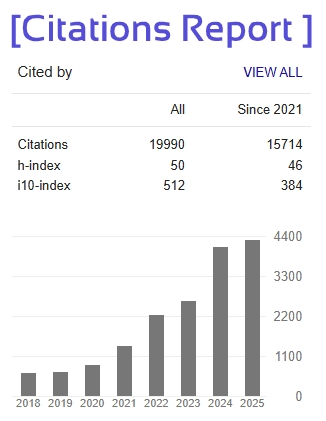Impact of Earthquake and Wind Force on the Structural Behavior of Monopole and Self Supporting Tower
Parikshit Jawanjal1, Dr. Suchita Hirde2
1M.Tech Student (Structural Engineering) at Government College of Engineering, Amravati, Maharashtra
2 Professor & HOD of Applied Mechanics at Government College of Engineering, Amravati, Maharashtra
Abstract - Telecommunication towers are essential infrastructural elements that support the functioning of modern communication systems, including mobile networks, television broadcasting, and emergency communication services. With the increasing reliance on high-speed connectivity and the expansion of 5G technologies, the need for structurally efficient and resilient tower designs has become more critical than ever, especially in urban and seismically active areas. This study presents a comparative analysis of three types of telecommunication towers, Self-Supporting Towers, Monopoles, and Cable-Supported Monopoles with an emphasis on their performance under wind loads and seismic conditions. Advanced modeling and analysis were carried out using STAAD Pro software, employing both gust wind load calculations and non-linear time history analysis for seismic behavior simulation. The parameters considered include lateral displacement, natural frequency, time period, and acceleration response under dynamic loading. The results demonstrate that while monopoles are more space-efficient and show better performance than traditional self-supporting towers, the inclusion of cable support significantly enhances the structural behavior of monopoles. The Cable-Supported Monopole not only reduces displacement but also exhibits better stability under dynamic conditions, making it a more resilient and structurally sound choice, especially in locations with space constraints and higher seismic risks. This study contributes to the ongoing research in telecommunication infrastructure by offering insights into optimized tower selection and design practices for improved structural safety and performance.
Key Words: Self-Supporting Towers, Monopoles, Time History Analysis, STAAD Pro.







